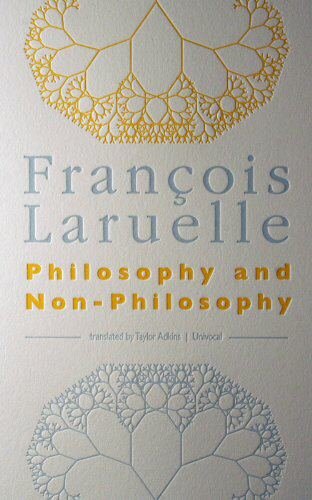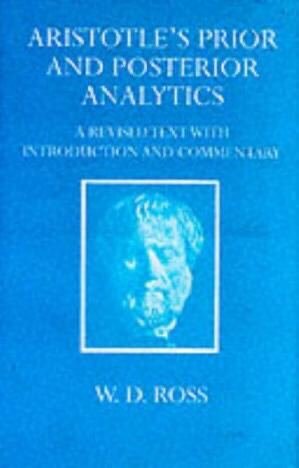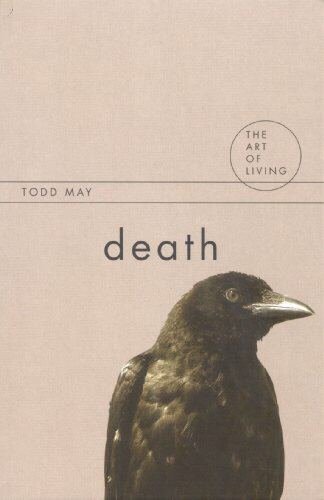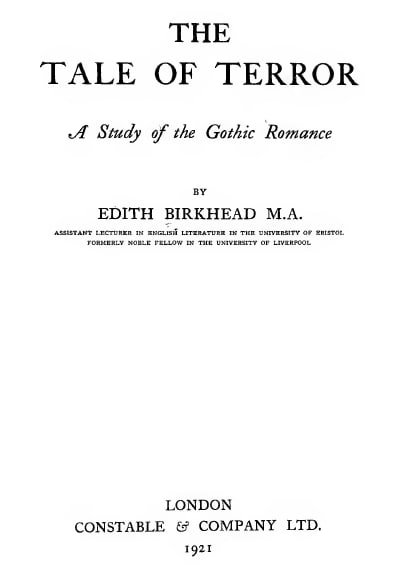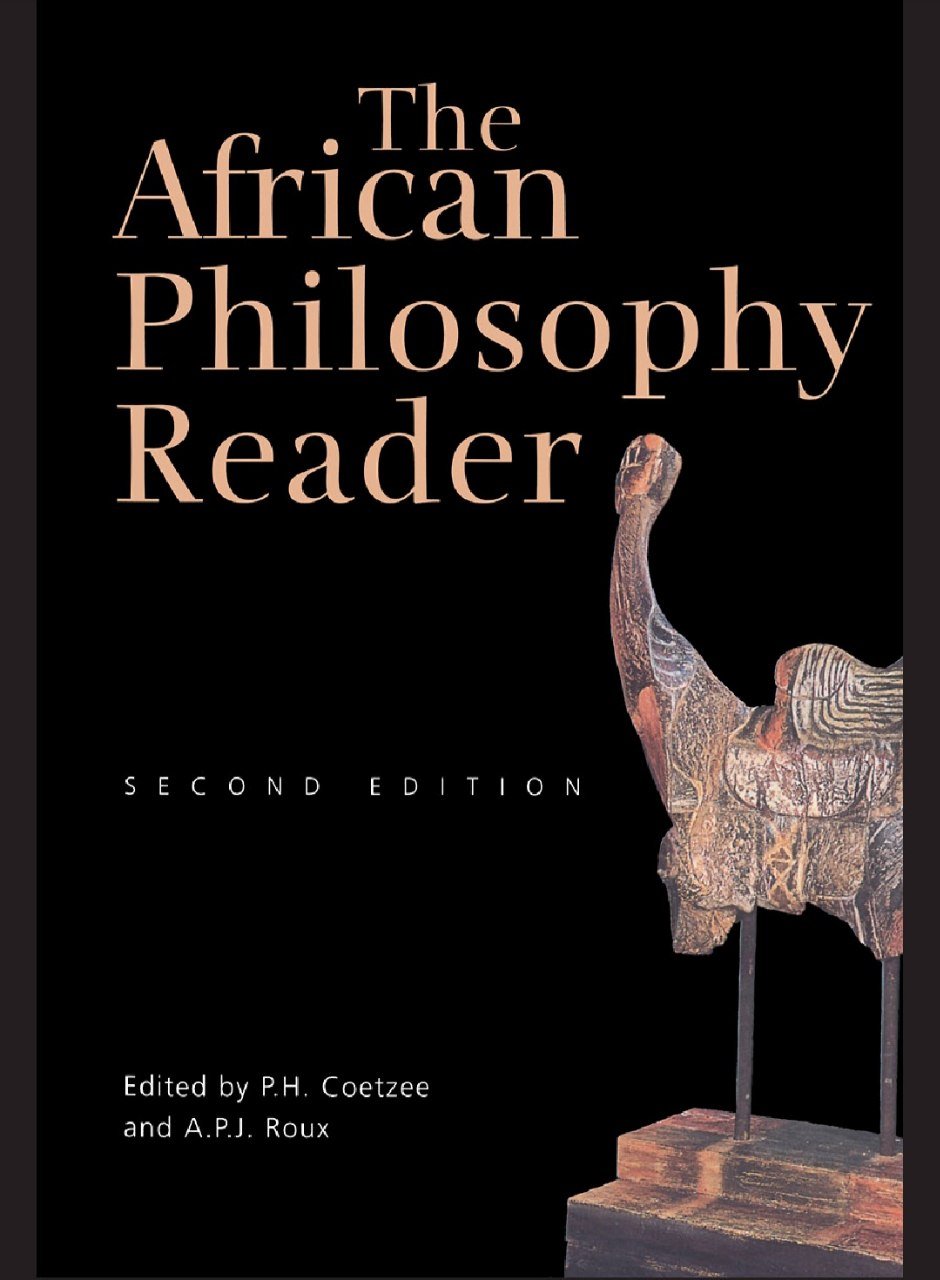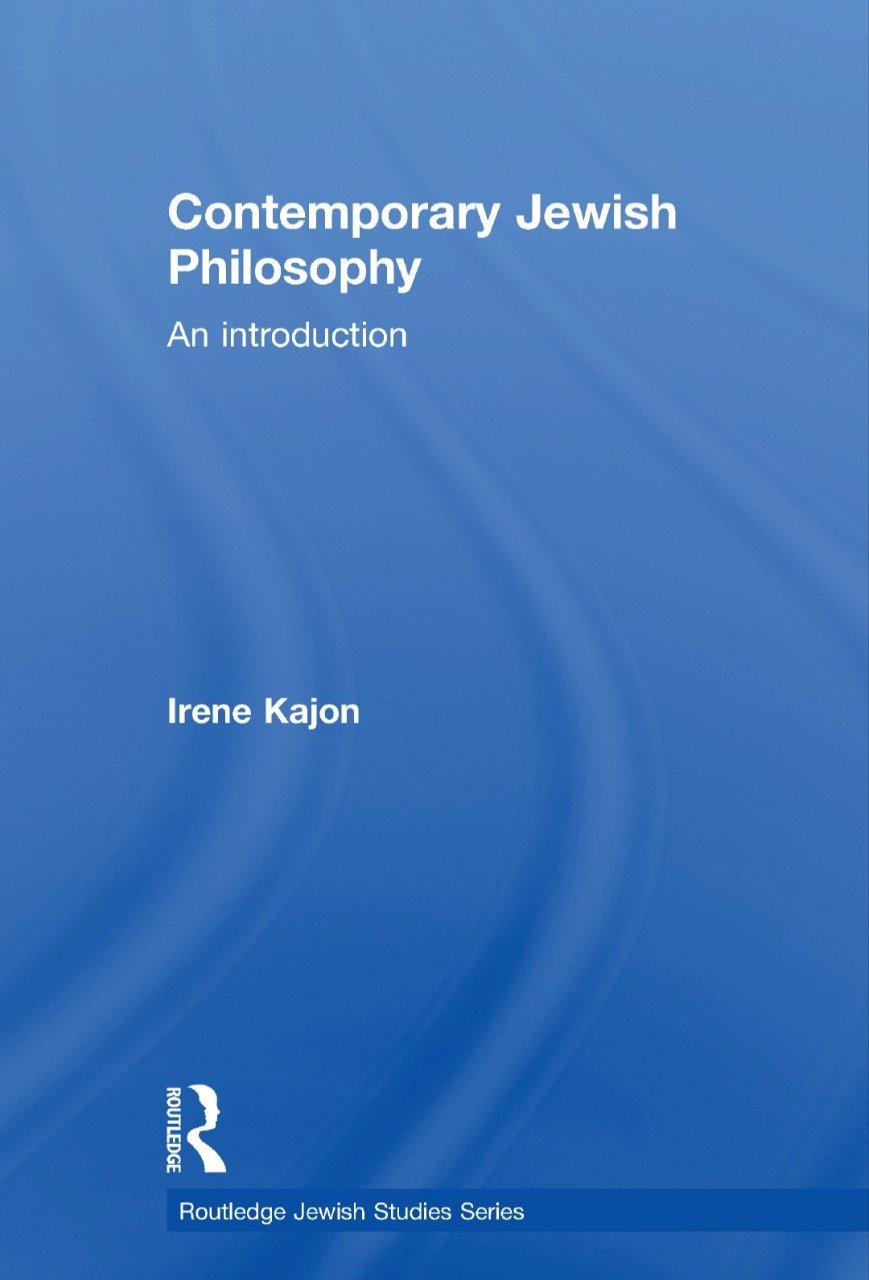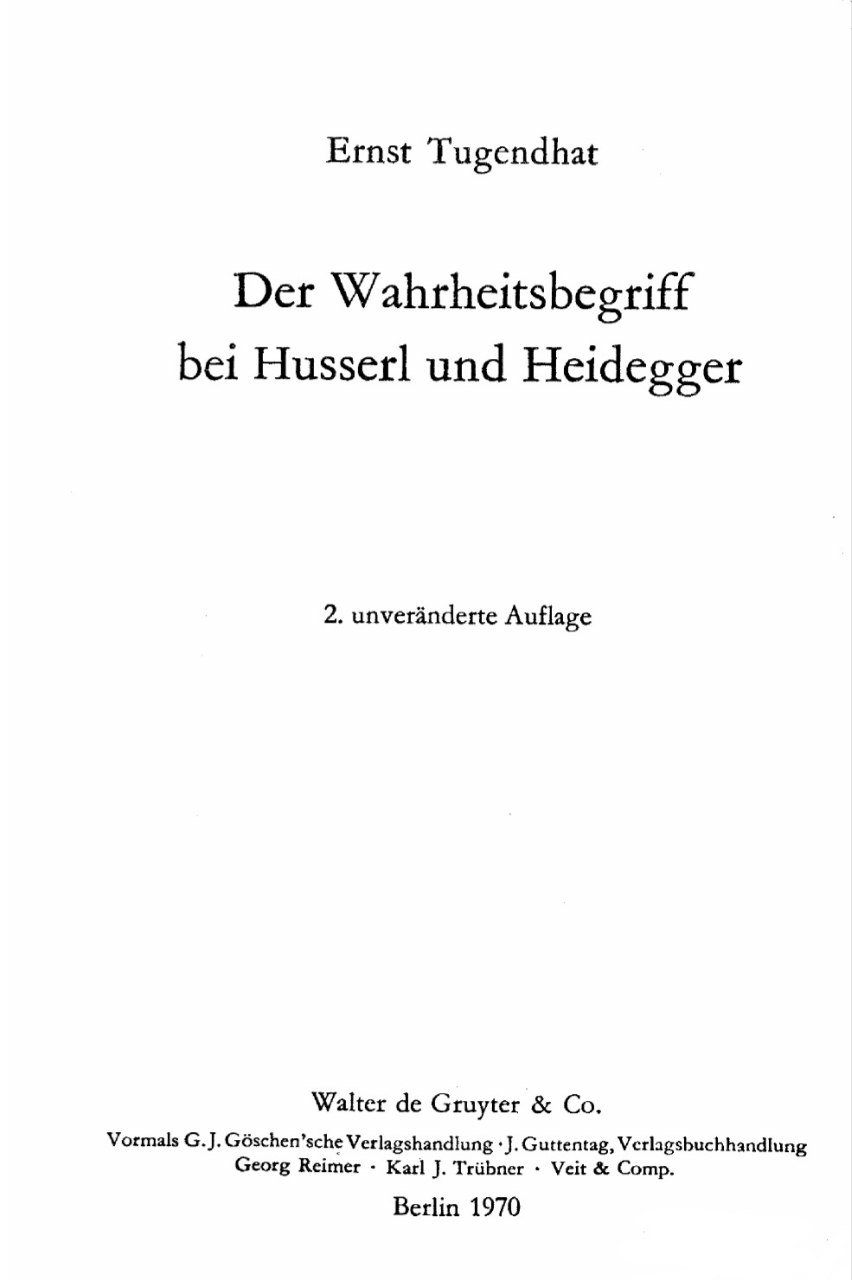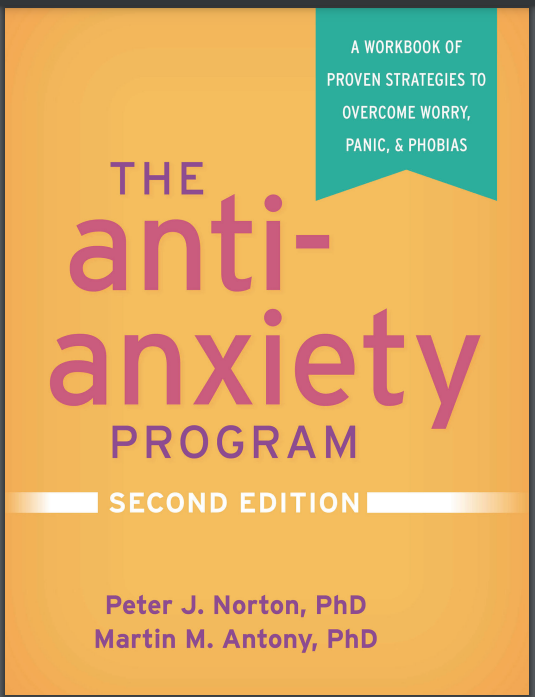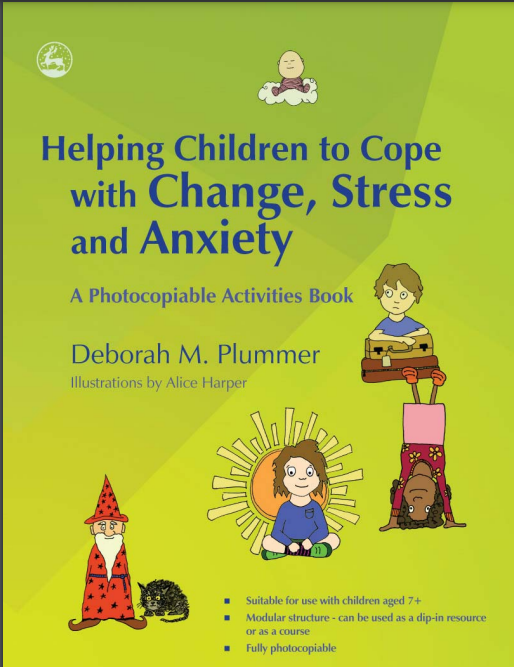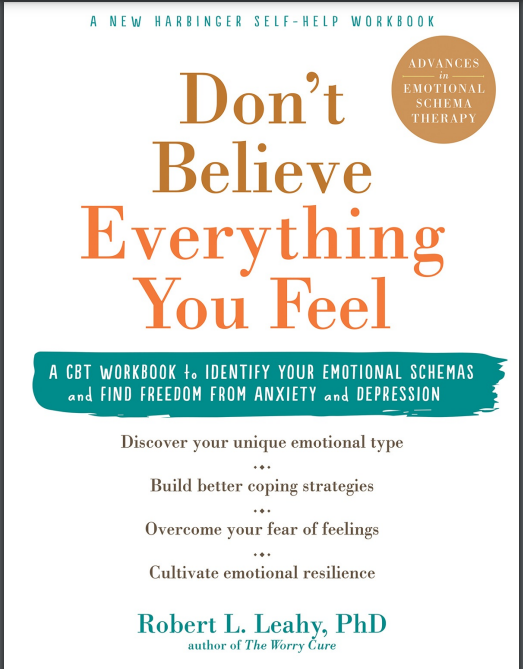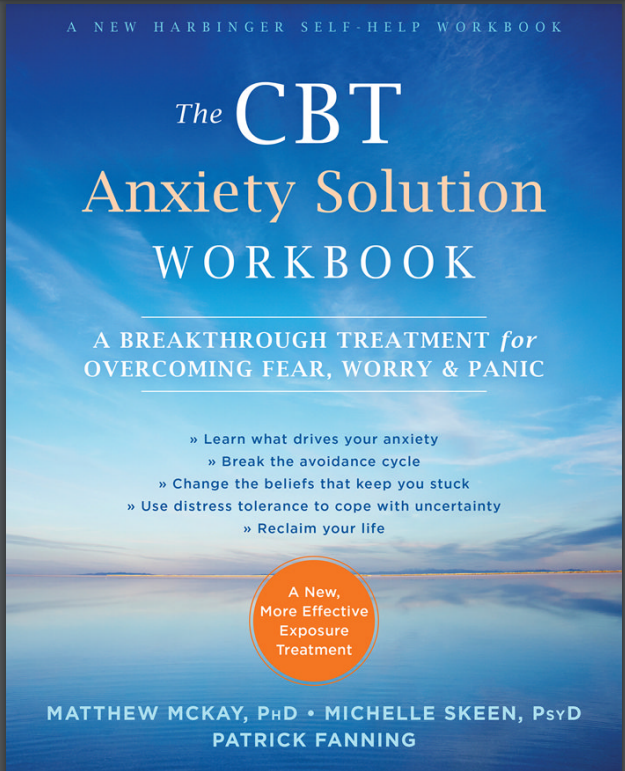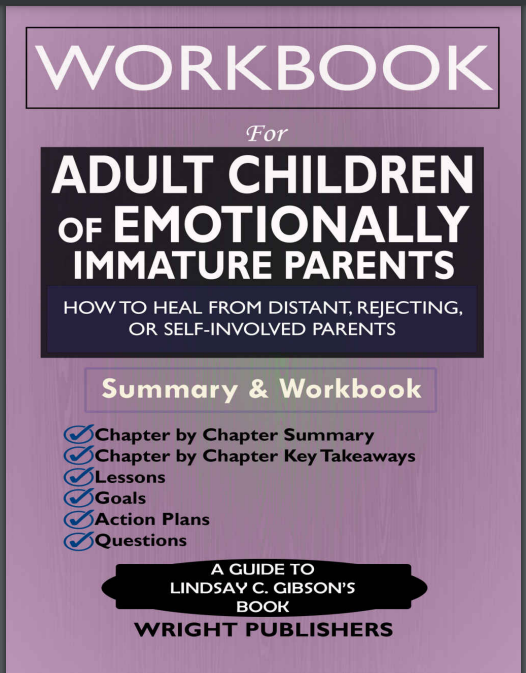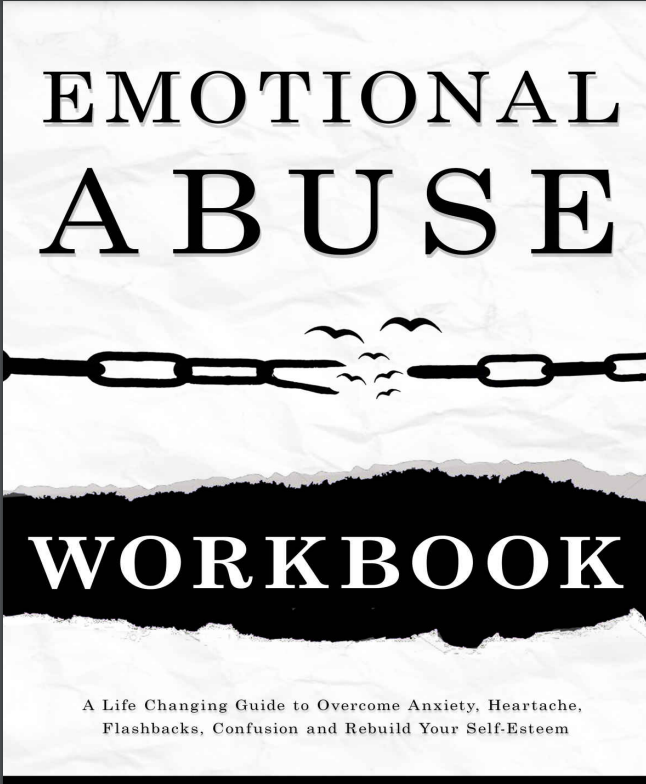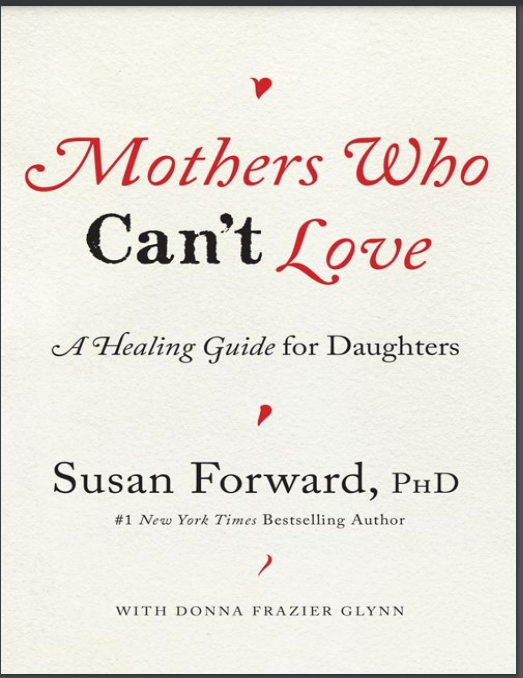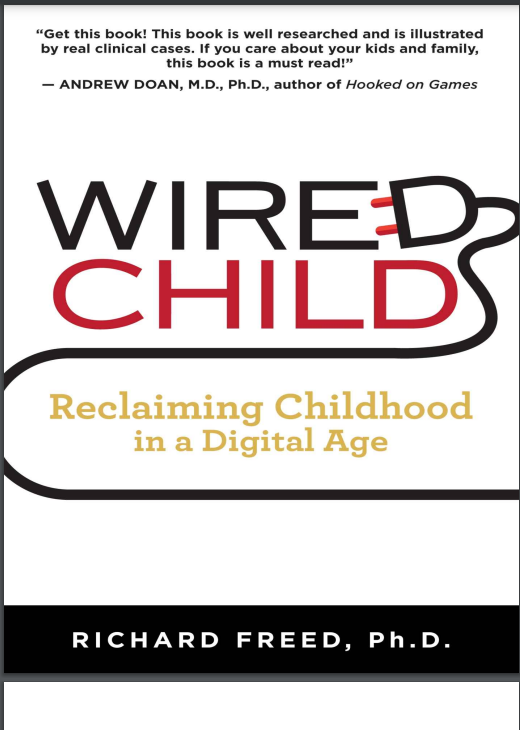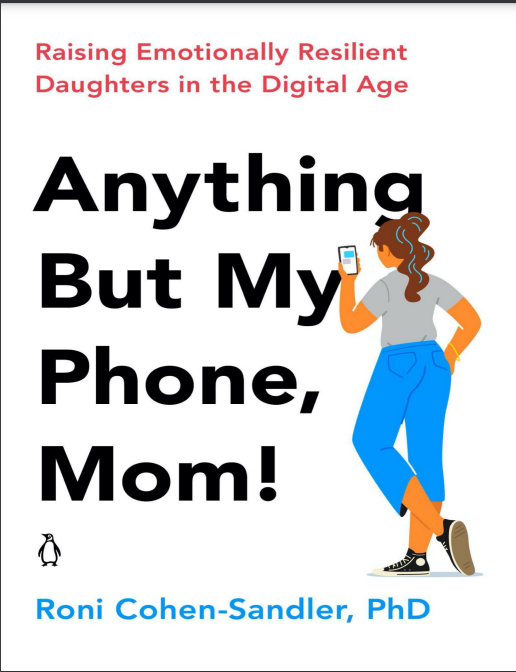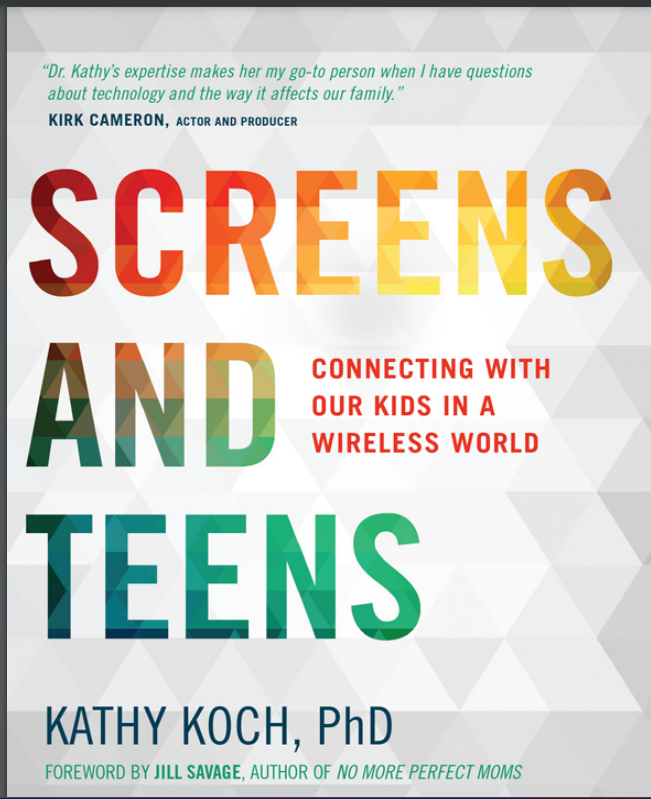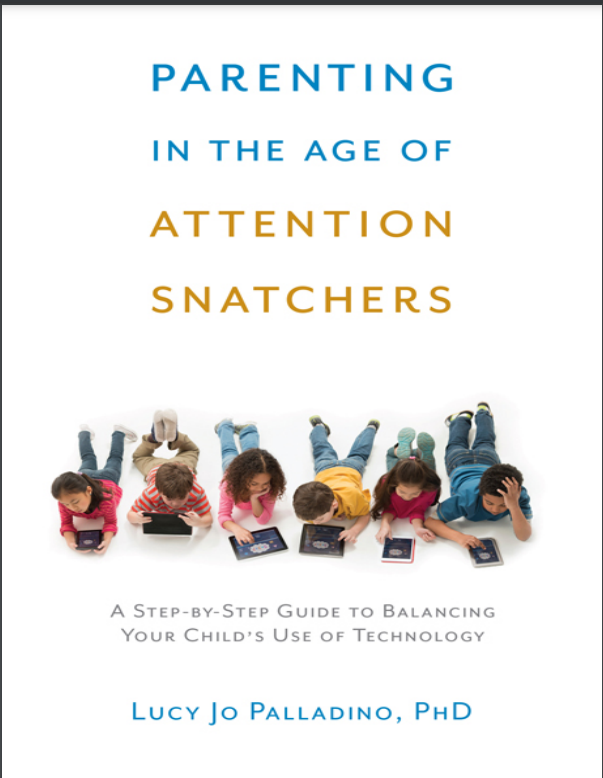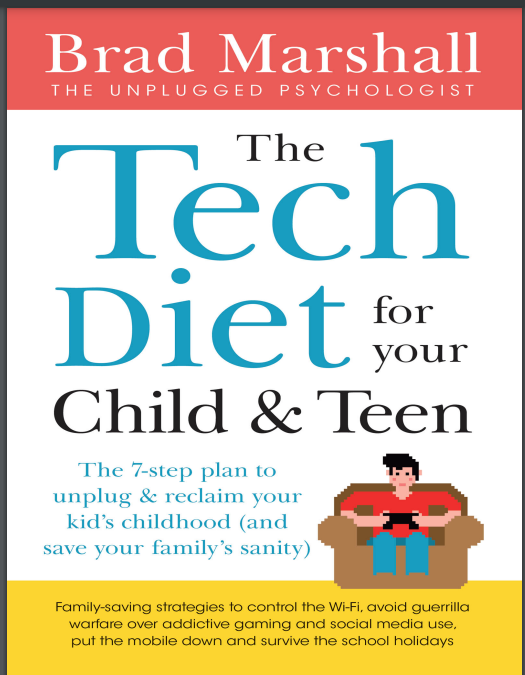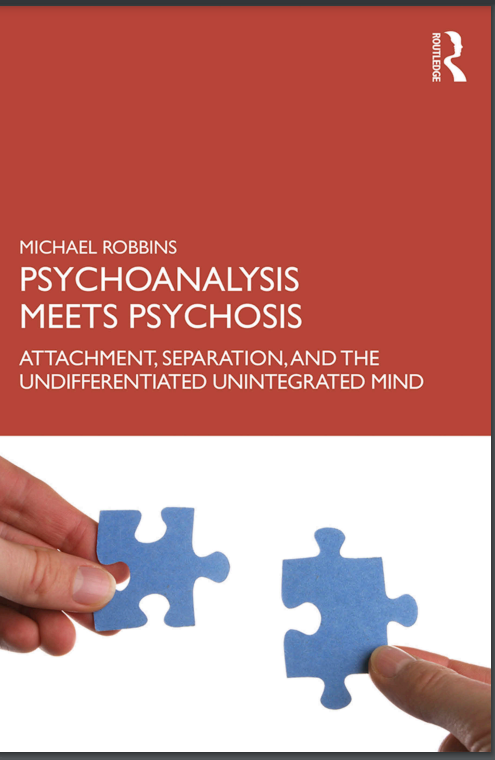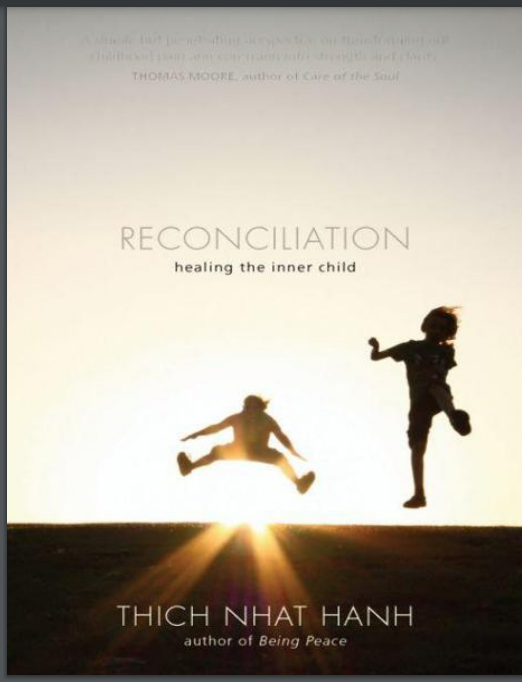

A Dictionary of Tolkien by David Day
Reviews
No review yet. Be the first to review this book!
Description
A Dictionary of Tolkien: An A-Z Guide to the Creatures, Plants, Events and Places of Tolkien's World by David Day is an expansive reference guide that delves into the intricate and richly imagined universe created by J.R.R. Tolkien. Structured as an A-to-Z compendium, the book meticulously catalogues the characters, creatures, locations, artifacts, and myths that populate Tolkien’s literary works, including The Hobbit, The Lord of the Rings, and The Silmarillion. David Day, known for his in-depth studies of Tolkien’s legendarium, offers both casual readers and dedicated fans an accessible and informative tool for exploring Middle-earth and beyond. The dictionary is more than a mere glossary of names; it seeks to provide context, background, and analysis of the entries it contains. Each entry includes not only descriptions but also insights into the linguistic origins of names, their symbolic significance, and their place within Tolkien's elaborate mythology. For example, readers will find entries on iconic figures such as Frodo Baggins, Gandalf, and Sauron, as well as lesser-known characters like Eärendil and Ungoliant. In addition, the guide covers the diverse races and creatures that inhabit Tolkien’s world, including Elves, Dwarves, Orcs, Ents, and Dragons, offering explanations of their cultural histories and roles within the greater narrative. Day also delves into the legendary places of Middle-earth—Rivendell, Lothlórien, Mordor, Gondor—providing geographical descriptions and historical significance. Events such as the War of the Ring, the Fall of Gondolin, and the Battle of Helm’s Deep are also summarized, giving readers an understanding of the epic scale of Tolkien’s storytelling. The book touches on the cosmology of Tolkien’s universe as well, explaining the roles of powerful beings like the Valar and Maiar, and exploring the creation myths and theological elements that underpin the entire legendarium. David Day’s writing is scholarly yet accessible, often highlighting the influence of ancient mythologies, languages, and literary traditions on Tolkien’s work. He draws parallels between Tolkien’s creations and the mythic structures of Norse, Anglo-Saxon, and Celtic lore, illustrating how the author wove these influences into a cohesive and original mythos. While A Dictionary of Tolkien is a comprehensive and beautifully illustrated resource, it’s worth noting that it is not an official publication endorsed by the Tolkien Estate. Some Tolkien scholars and purists have pointed out occasional inaccuracies or interpretations that may not align strictly with Tolkien’s writings or intentions. Nevertheless, for many readers, Day’s book serves as an engaging and visually appealing entry point into the vast and complex world of Middle-earth. In essence, David Day’s A Dictionary of Tolkien functions as an informative companion for anyone looking to deepen their understanding of Tolkien’s literary universe. Its alphabetized format makes it easy to navigate, and its detailed entries offer both essential facts and interpretive insights. Whether used for casual reference or serious study, it enriches the reader’s journey through the lands and legends crafted by one of the greatest fantasy authors of the twentieth century.









 May 03, 2025
May 03, 2025







.png)









.jpeg)
.jpeg)

.jpeg)

.jpg)


.jpg)
.jpg)










.jpg)
.jpeg)







.jpeg)


.jpg)

.jpg)




.jpg)


.jpg)



















